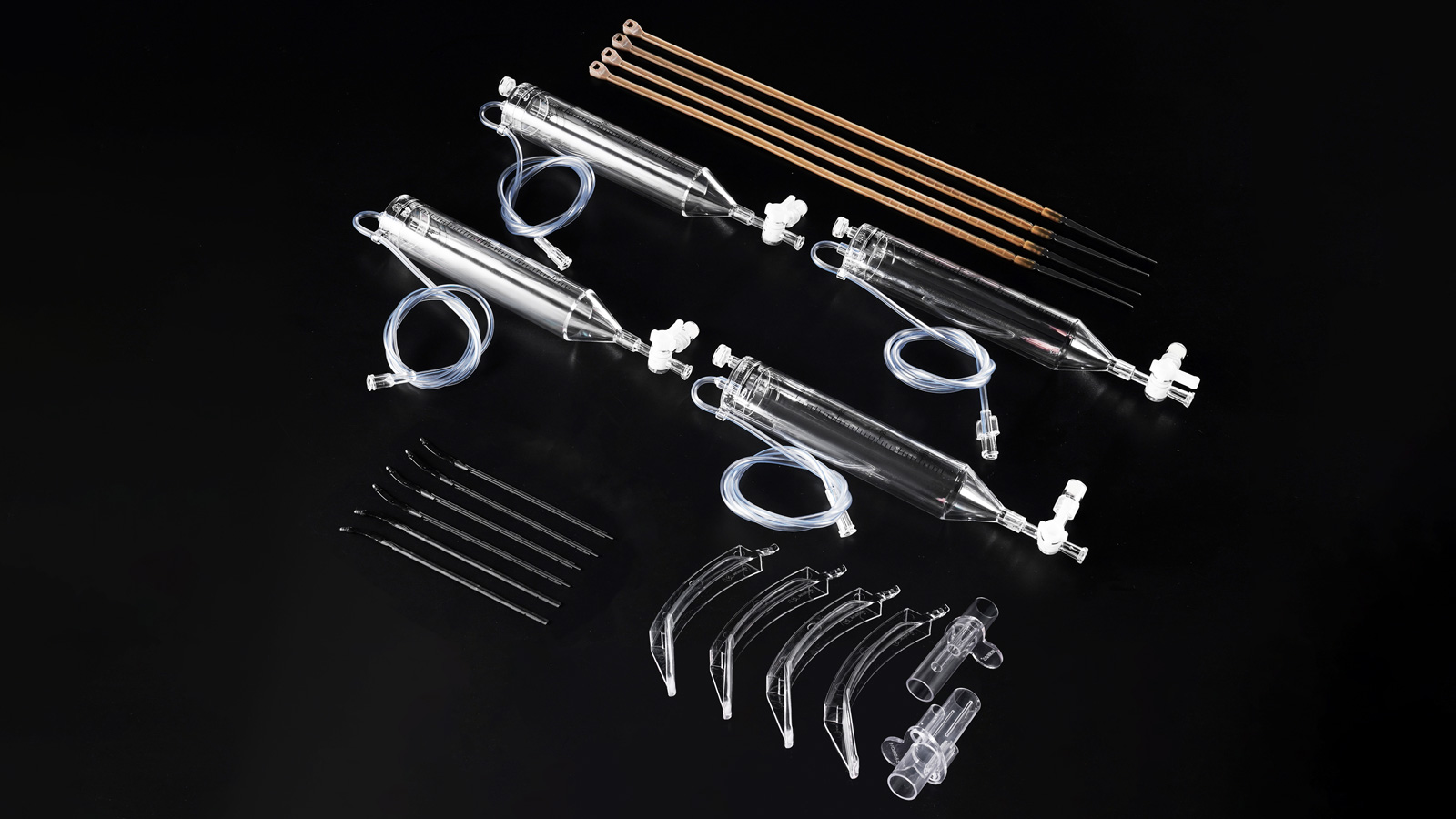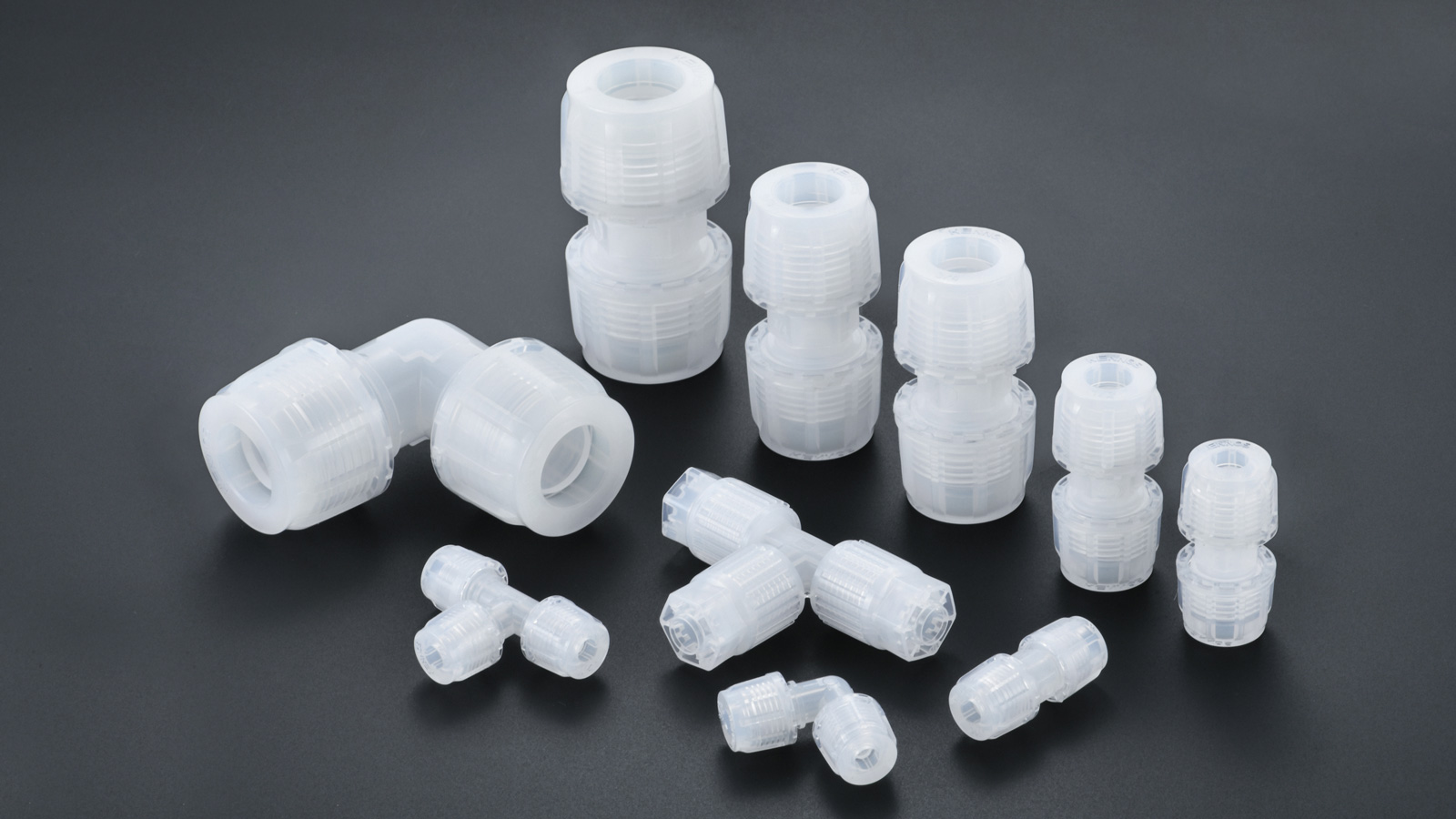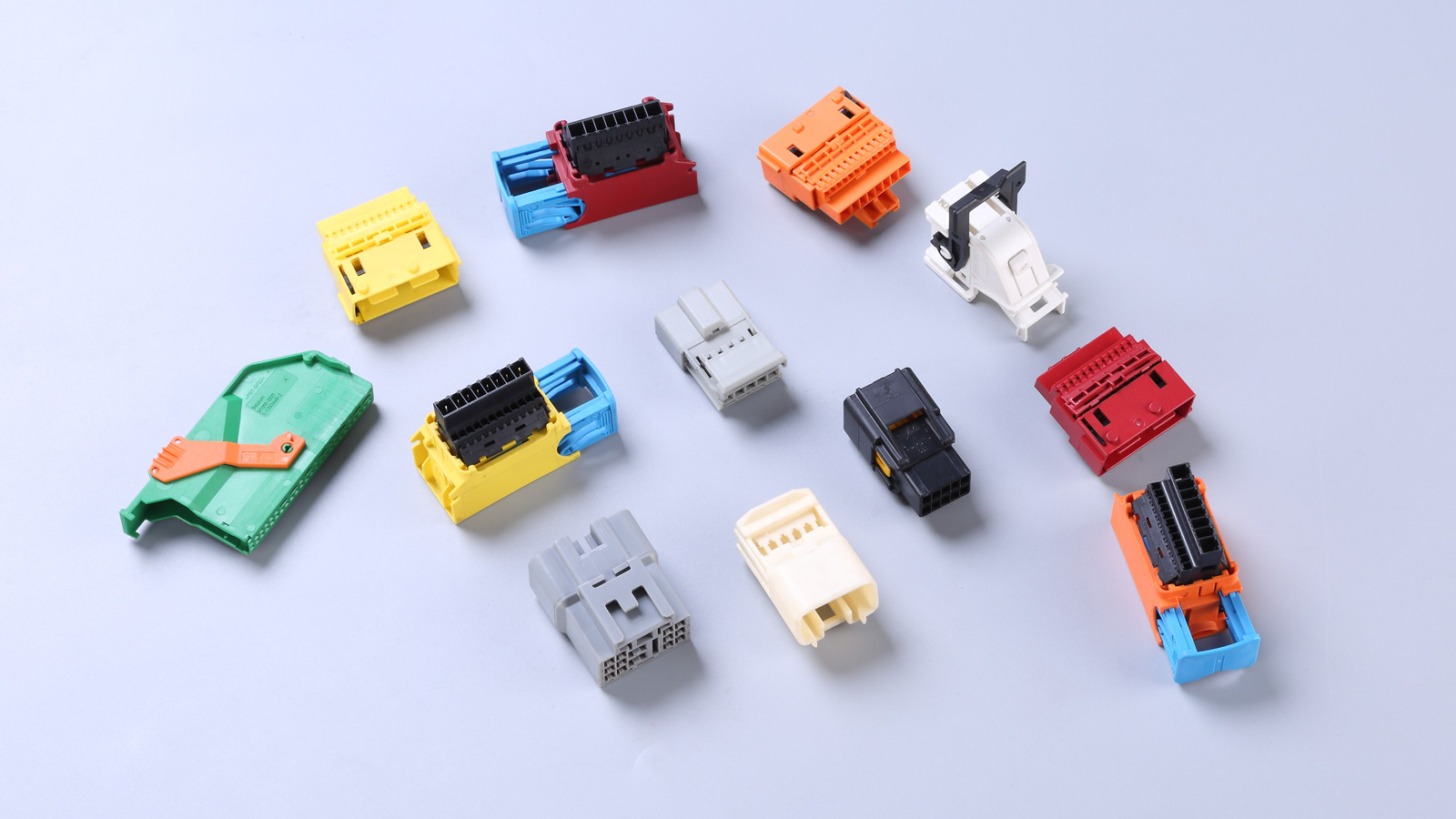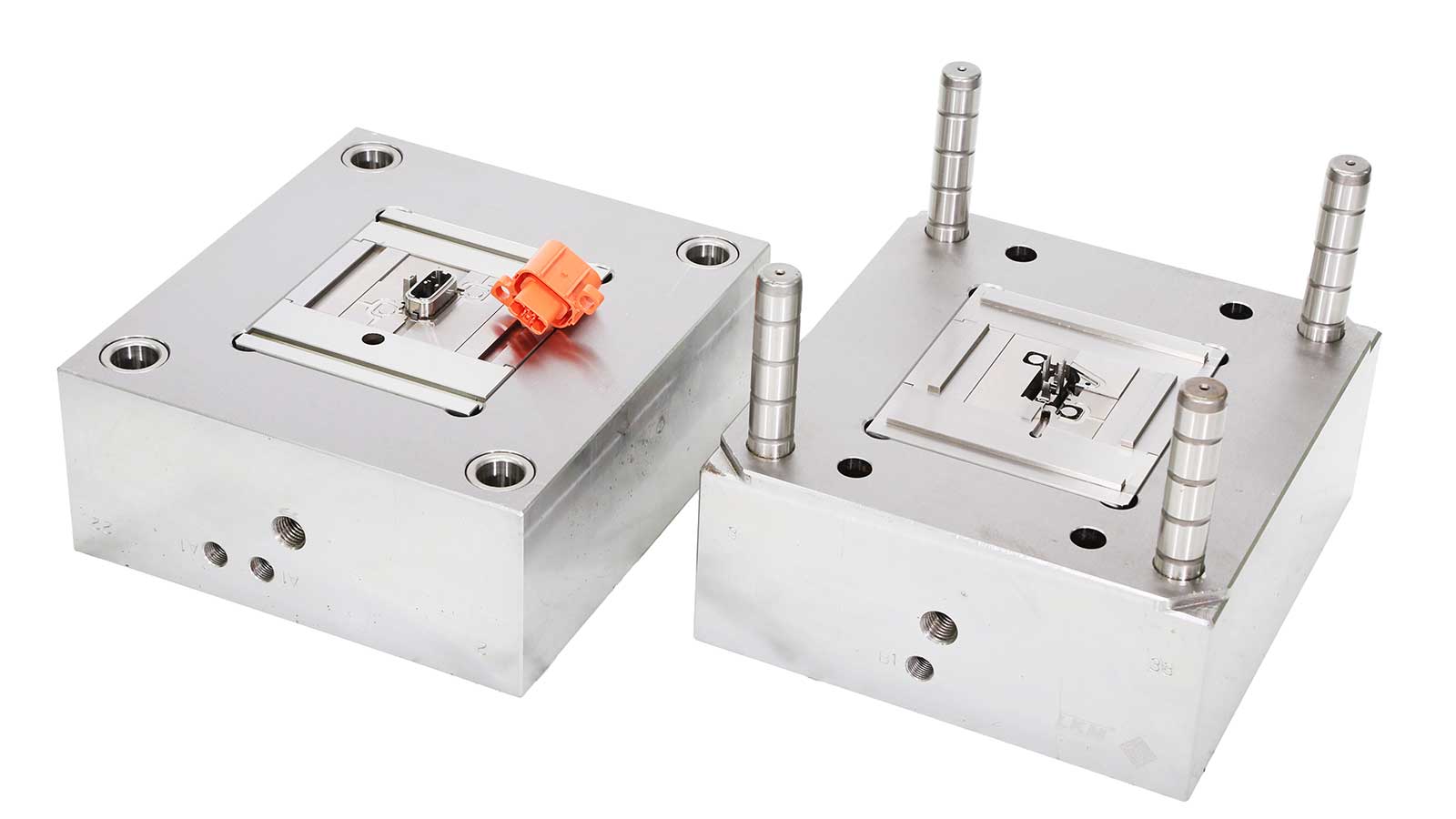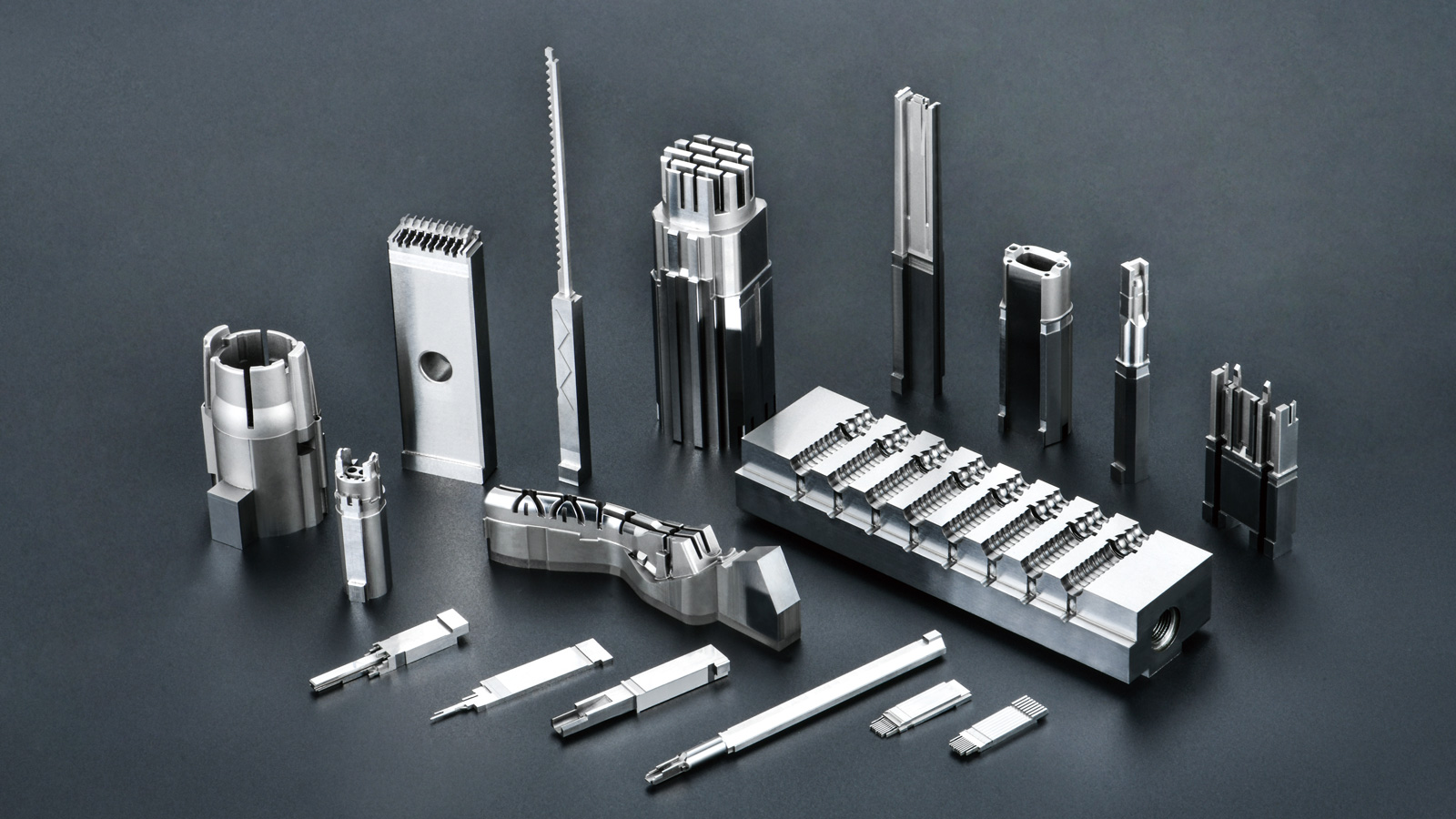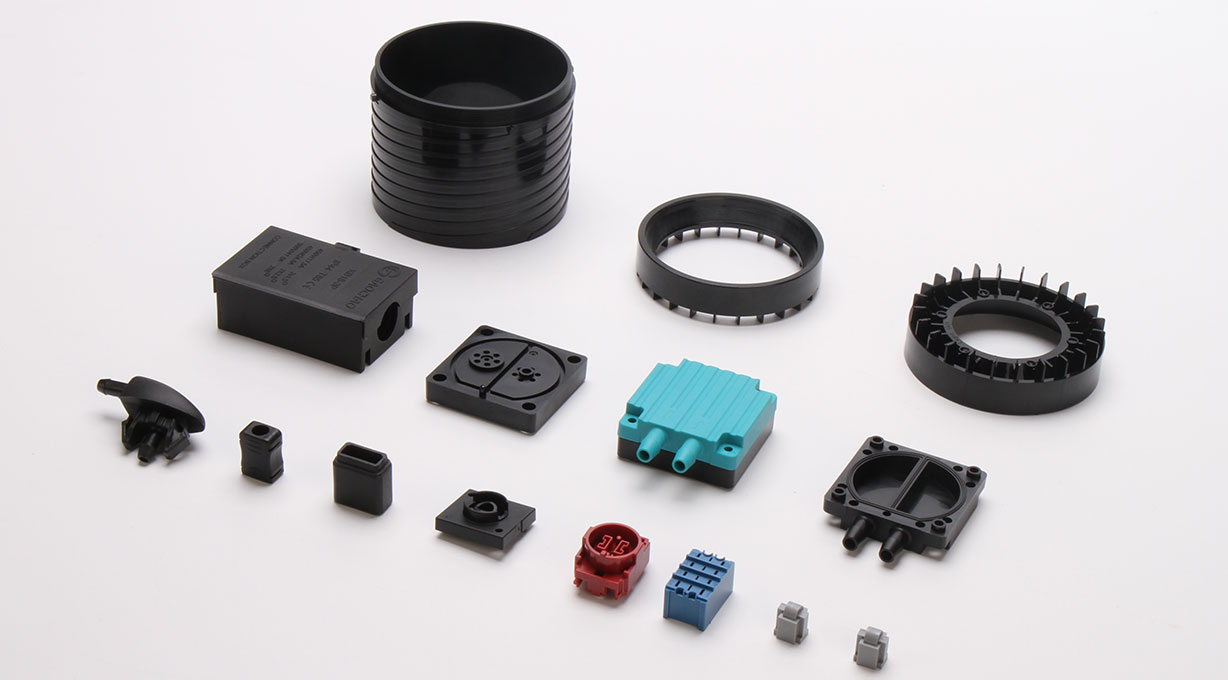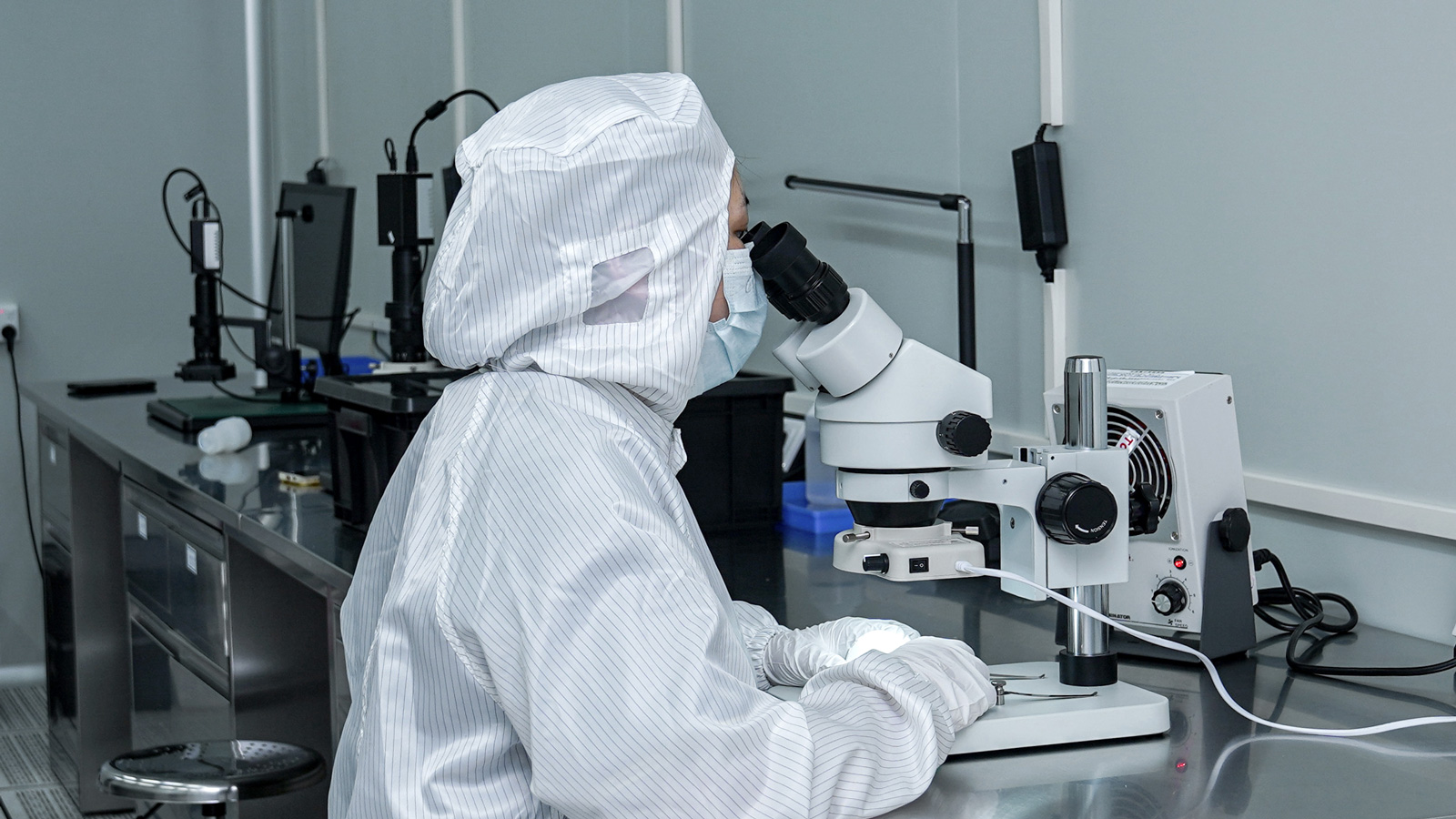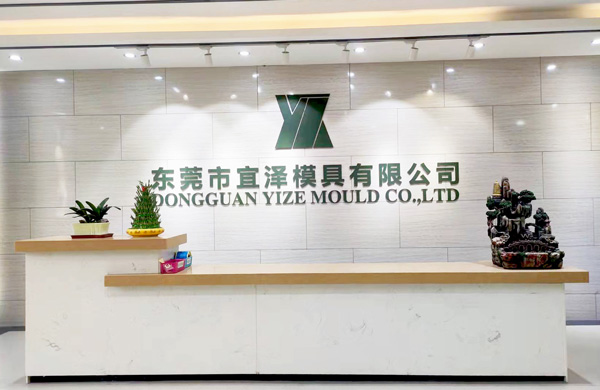In the field of injection mold manufacturing, layout design is a core link, akin to a precise “chess game,” where every move affects the final product’s quality and production efficiency. To excel in injection mold layout design, designers must have a thorough understanding of gate types, parting surface design and processing, ejector pin distribution, appearance requirements, and common injection defects. Below, we’ll unveil the specific steps of injection mold layout design in detail.
1. Gate: Positioning and Type Selection – Opening the Door to Molding
When customizing an injection mold for a specific product, selecting the position and type of the gate is the first priority, and these two factors are closely related to the number of cavities and whether the product is an external part.
- Single-cavity mold: This type of mold is typically used for producing large parts or uniquely shaped products. With only one cavity, the flow path of the plastic melt within the mold is relatively simple, which can better ensure the molding quality of large or uniquely shaped products.
- Two-cavity mold: Its layout design is relatively easy to handle and is especially suitable for using large edge gates or submarine gates. This layout ensures uniform plastic filling while improving production efficiency.
- Four-cavity mold: It can be regarded as a clever combination of two two-cavity molds. When designing the runner, it’s important to note that the upper runner should be 25% larger than the lower runner. This design helps the plastic enter each cavity smoothly, not only saving material but also ensuring uniform filling.
- Multi-cavity molds (six-cavity, eight-cavity, sixteen-cavity): These molds can be seen as variations of the four-cavity mold. When the product is an external part, large edge gates should generally not be used as they may adversely affect the product’s appearance, reducing its market competitiveness.
2. Parting Surface: Exquisite Design – Balancing Structure and Processing
The design of the parting surface is a crucial part of injection mold layout. During the design process, it’s necessary to carefully check for undercuts, which can cause difficulties in product demolding or even damage the product.
At the same time, factors such as structural strength, feasibility, as well as the processing capabilities of the parting surface and the factory’s actual processing level must be comprehensively considered. To facilitate mold processing and product demolding, it’s advisable to choose a flat parting surface on curved surfaces as much as possible. This not only reduces processing difficulty but also improves the mold’s service life.
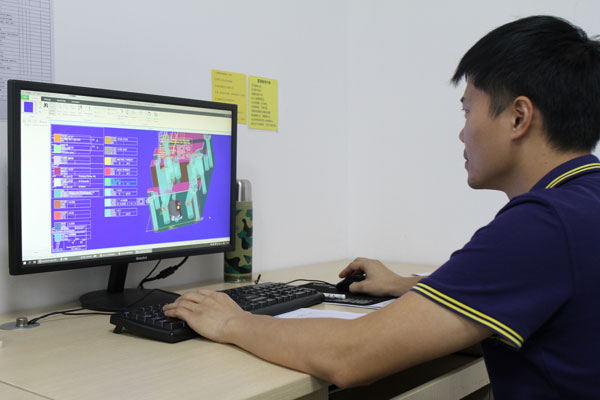
3. Core Size: Precise Calculation – Laying the Foundation for Molding
Once all the above conditions are confirmed, it’s time to determine the core size. At this stage, all product drawings should be completed accurately according to a 1:1 scale. Then, mirror the drawings and multiply them by the product’s shrinkage rate. The shrinkage rate is the proportion by which the plastic shrinks in volume during the cooling process. Accurately calculating the shrinkage rate is crucial for ensuring the dimensional accuracy of the product. Finally, use the mirrored and multiplied drawings for mold layout design to ensure that the core size perfectly matches the product requirements.
4. Detail Refinement: Striving for Perfection – Enhancing Mold Quality
After determining the size, it’s time to refine the details. Although this stage may seem trivial, it has a significant impact on the overall performance of the mold.
For example, it’s necessary to carefully improve the mold base to ensure that the mold has sufficient stability and rigidity during the injection molding process. Reasonably design the mold’s venting system to promptly exhaust the gas inside the mold, avoiding defects such as air bubbles and burns in the product. Proper handling of these details can significantly enhance the mold’s quality and the quality of the products produced.
Injection mold layout design is a meticulous and interconnected process. Each step requires designers to carefully plan and repeatedly deliberate based on their rich experience and professional knowledge. Only in this way can high-quality injection molds be designed, providing strong support for product production. I hope today’s sharing can be helpful to those engaged in injection mold design. Let’s continue to explore and make progress together on the road of mold design!
